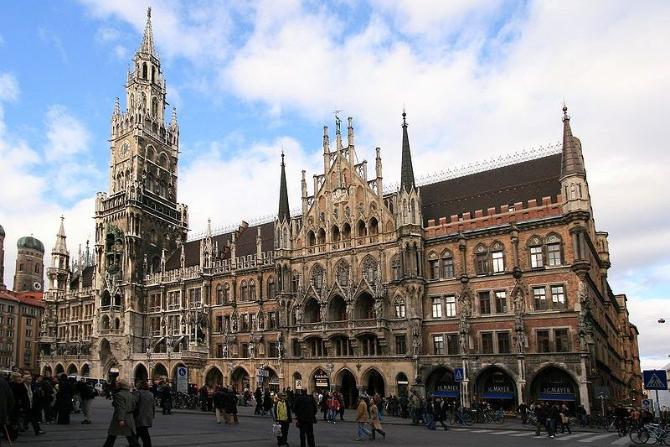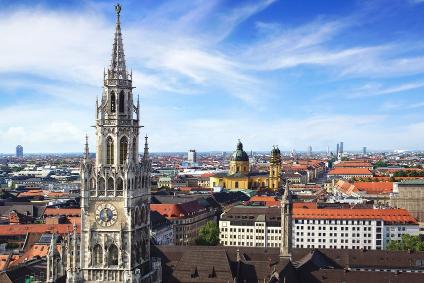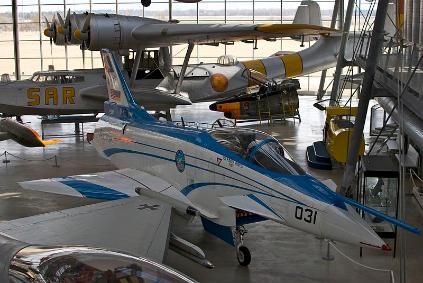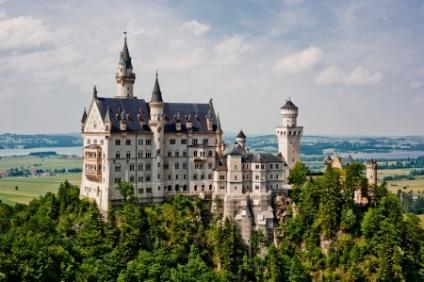The New Town Hall is located on Munich's most central square, Marienplatz, it was constructed in the 19th century when Munich was experiencing a growth spurt. The municipality needed more office space than the Old Town Hall could provide. It was necessary to knock down 24 houses to make room for the new building which was designed by Georg Hauberisser. The edifice took 7 years to construct and was completed in 1874. In 1889 the rear end of the building was extended and by 1909 the building had also gained its limestone western half and the 79 meter high tower. The 90 meter wide façade is in the Flemish Gothic style, inside there are vaulted ceilings, stained glass windows and carved wooden decoration as well as a patterned floor on the inner courtyard.
The building is best known for the Glockenspiel (1908), perhaps the city's top attractions. The "clock" is one of the largest in Europe and bears 32 carved life-size figures on two levels within a protruding semi-circular framework. Each day at 11am, 12 noon and 5pm the figures come to life and perform for the crowds. On the upper level the figures reenact the 1568 wedding of Wilhelm V and his wife Renata of Lorraine. This involves knights jousting among other characters. Then the performance on the lower level begins with dancing figures doing the Schafferltanz, a dance first used to celebrate the end of a plague in 1517. The Glockenspiel is also known as a top spot for pickpockets who work their magic while tourists are looking up at the performing figures.
Today the building houses the Mayor's Office, the City Council and city administrative offices. It is possible to take an elevator to the top of the tower to get great views from the observation deck or dine under the fresco covered ceiling in the Ratskeller restaurant in the Neues Rathaus basement.












